Thailand is known for its food, martial arts, beaches, temples, and islands. And I can promise you that none of these things disappoint! Whatever kind of adventure you want to have in this singularly beautiful country, this Thailand travel guide has everything you need for planning a trip!
Thailand is one of the Best Destinations For Solo Female Travelers and one of my Top Budget Destinations Around The World!
Chiang Mai and Bangkok are the most visited cities in the country. Both of these are worth visiting, and they make for great “home bases” for day trips to other towns and sites. You should also visit at least one of the islands – I would recommend Phuket, the Koh Yao Islands, or the Phi Phi islands.
 Destinations
Destinations Packing
Packing Travel Tips
Travel Tips
 Photography
Photography Points & Miles
Points & Miles Credit Cards
Credit Cards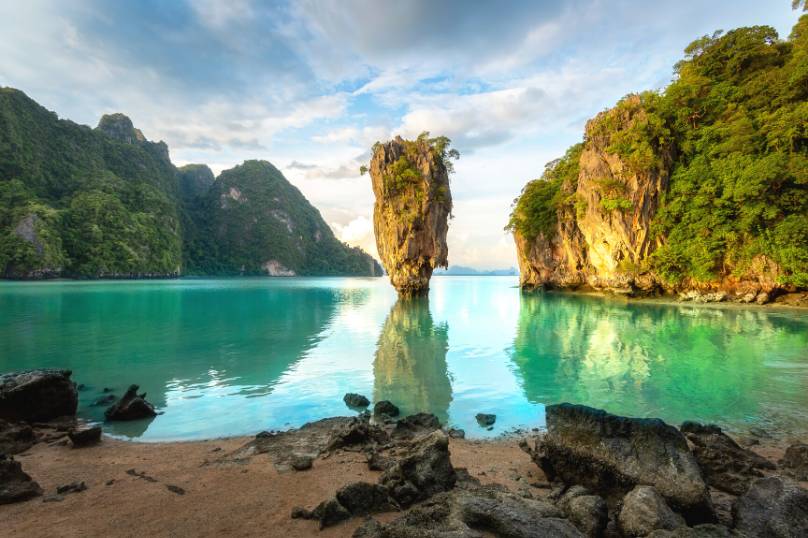
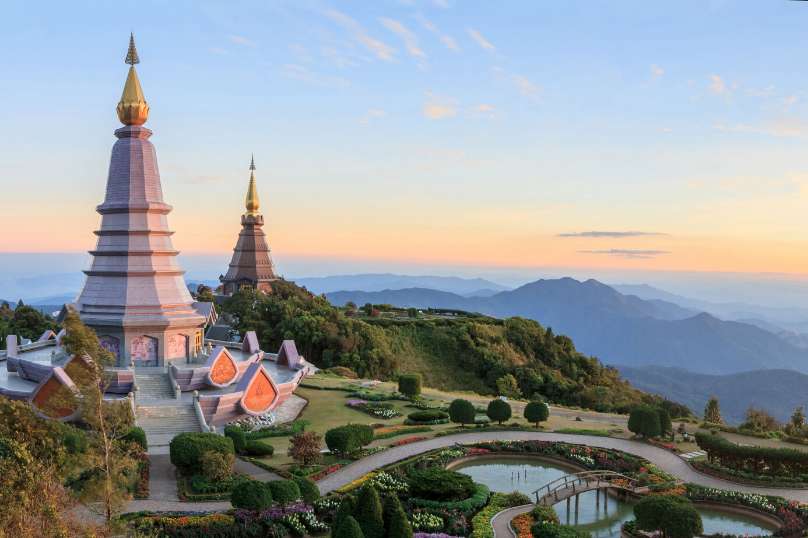
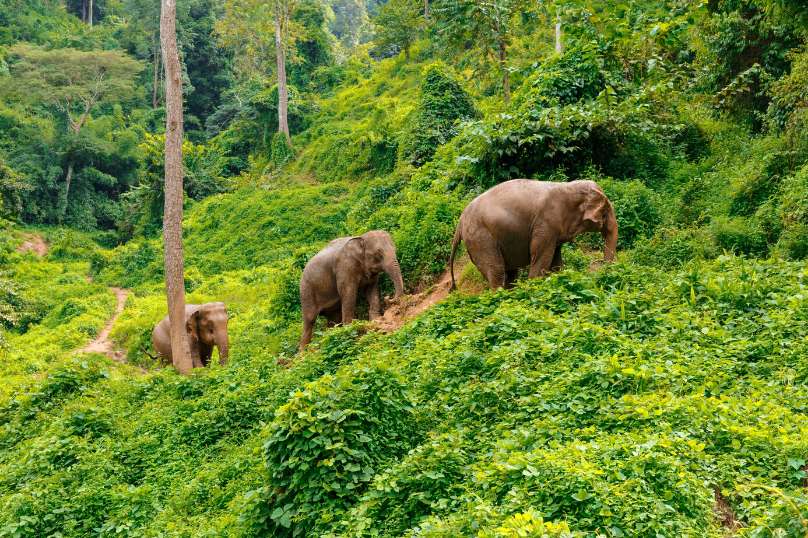
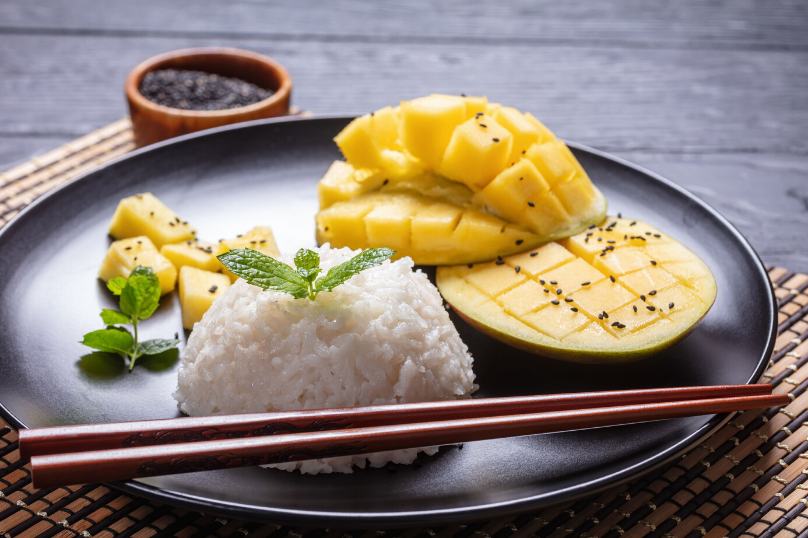







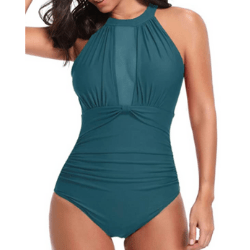


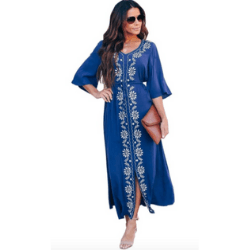

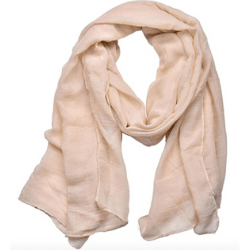
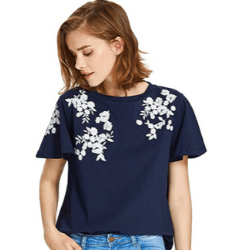
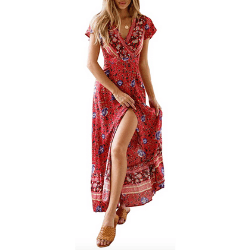
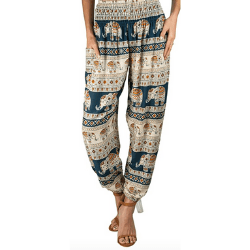
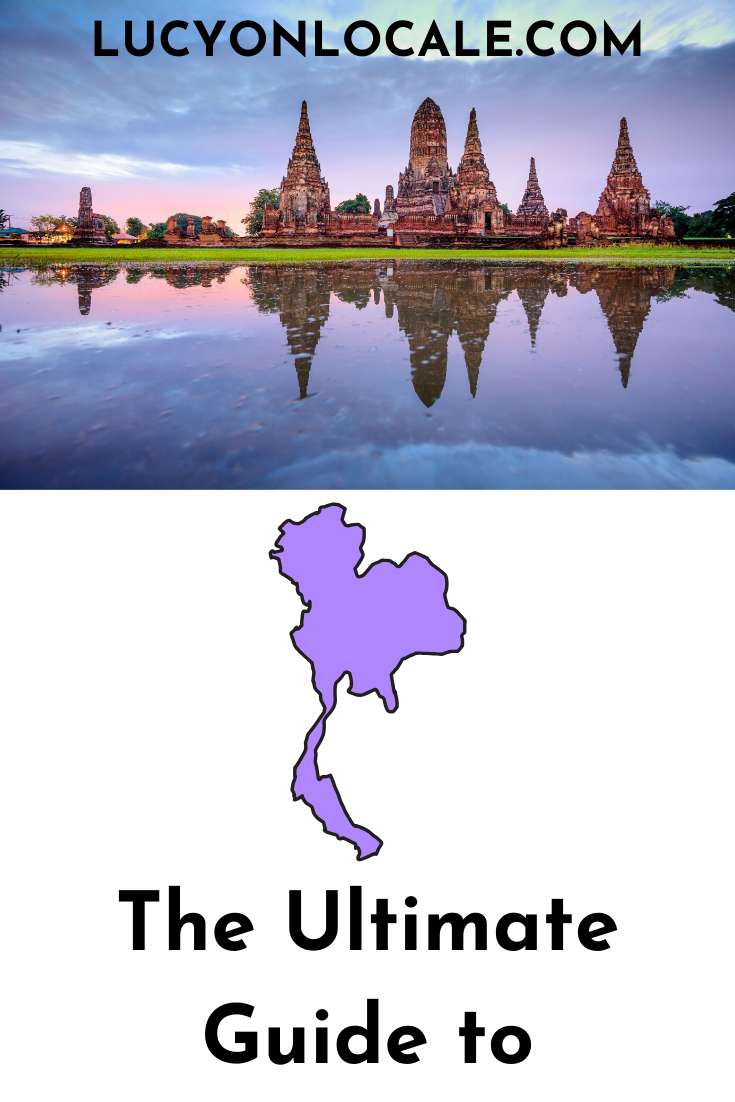





Farrah
Thanks for putting this guide together–it’s definitely super informative! :] I haven’t been to Thailand in…over 15 years, but it’s definitely on my list of places I’d like to visit again!
Lucy On Locale
I hope you get to go back soon! I know I’d like to!
Angella
I would love to visit Thailand someday! This guide is very useful! My husband went a few years ago for a mission trip & he mentioned the people there are so kind & welcoming!
Lucy On Locale
I’m so glad this could help you! The Thai are an overwhelming hospitable people, and the country is absolutely amazing!
Linda
Great and informative post. I find it interesting that many places only accept cash.